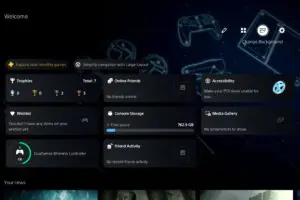It wasn’t entirely too long ago that every title would drop on a Tuesday.
This gave developers the needed time to shore up any egregious issues before the weekend when the title would be pushed to the nines by a monumental audience all connecting at once and diving through a load of content as a community.
These days, that tradition has started to die out: titles release fast and fierce, and they are so wildly innumerable that it’s guaranteed that there are top 10 titles that you aren’t even aware that they exist. Indie studios are pushing out brilliant titles faster than most can keep up with, holding their own against those far above their weight class with triple-A studios with millions being sunk into titles and nary a second thought.
Add in that Steam has so many titles that it’s easy to get lost in the proverbial sauce by a developer (which brings Valve to pushing out far more robust search options and visibility for small developers), and it all becomes rather mucked up where we have patches and titles releasing every single day of the week, with little time in between these launches.
Thus, exploring precisely when we can expect the next update to come has become a Herculean task in and of itself.
Enter SteamDB: the system that explores the backend of Steam to eke out a few surprises before developers are ready to reveal them has now added a new feature that shows heatmaps of when studios are likely to push out updates to their applications.
For some, it could be a sporadic firing. For others, it’s a more precise and measured cadence of releases and support that echoes from the initial launch to DLC #10+.
The heatmap can help deduce when certain titles are likely to be updated for fans that are tired of not hearing anything from the developers (looking squarely at CS:GO, here) and can also help developers regulate their cadence for agile development.
For many, this will likely not be of further interest aside from a passing glance that is interesting for a short moment or three. This can add context and flavor to upcoming patches, and also helps pinpoint certain developmental troubles that may be afoot.
For instance, CS:GO and DOTA 2 both share a vomit-projectile chart where releases are almost as likely to drop on Friday as they are on Tuesday. This technology could also be used to help determine concurrent average daily users could help developers plan when to push out events, although it’s likely a metric that is already tracked in the more well-rounded studios.





